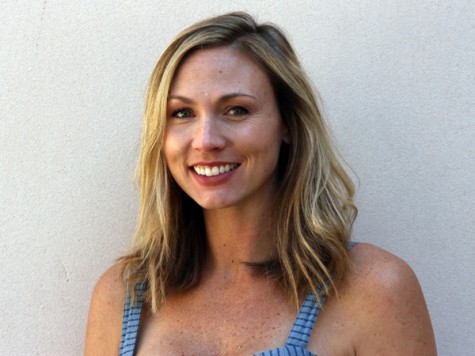Social Media Use Demands Heightened Responsibility
A simple click here, a simple click there. Sharing stories, photos and articles with friends and family on social media is harmless, right?
With recent events in Baltimore escalating from the death of Freddie Gray, a 25-year-old black male who died a week after being apprehended by the Baltimore Police Department, dozens of stories are produced daily at a rapid speed. So rapid, in fact, it is difficult to differentiate between fact and opinion, and skewed perceptions and emotionally charged biased articles disguising themselves as factual news.
On May 4, Fox News prematurely reported that Baltimore police shot a young black man in the back as he was running from cops.
Mike Tobin, a Fox News correspondent on the ground in Baltimore, claimed that he and his crew witnessed the shooting. Minutes later, Tobin was on the phone with Fox giving a live report of what he saw.
“About 2:45, we saw a guy running from the cops here, right at the intersection of North and Pennsylvania, which has been the epicenter of the unrest here. And, as he was running away, that officer drew his weapon and fired and struck the individual who was running away,” he said.
Within seconds, the story went viral. Angry posts flooding Facebook and Twitter feeds sparked verbal wars between readers. Some blamed cops while others blamed society, pouring fuel on an already heated situation.
But, no such shooting ever took place. The gunshot Tobin heard was the sound of a bullet firing from the assailant’s weapon, which went off when it hit the ground. No one was injured.
Fox News Anchor Shephard Smith issued an on-air apology.
“What’s happened is we screwed up, is what it sounds like,” Smith said. “And what we have is nothing.”
Mistakes happen all the time in reporting. It’s a he-said she-said environment, which is why it is key to focus on fact. When perception creeps in, facts get altered and are directly affected by interpretation; a combination of what one sees and how one interprets what is seen.
As journalists, it is their responsibility to be a pillar truth, to be a credible source of news. So, what happens when so-called “Breaking News” is neither breaking nor news?
It is pertinent, as readers, to become aware that not everything streaming is fact. It is important to think critically when reading and listening to news, as well as sharing articles. Especially when it is literally at our fingertips.

